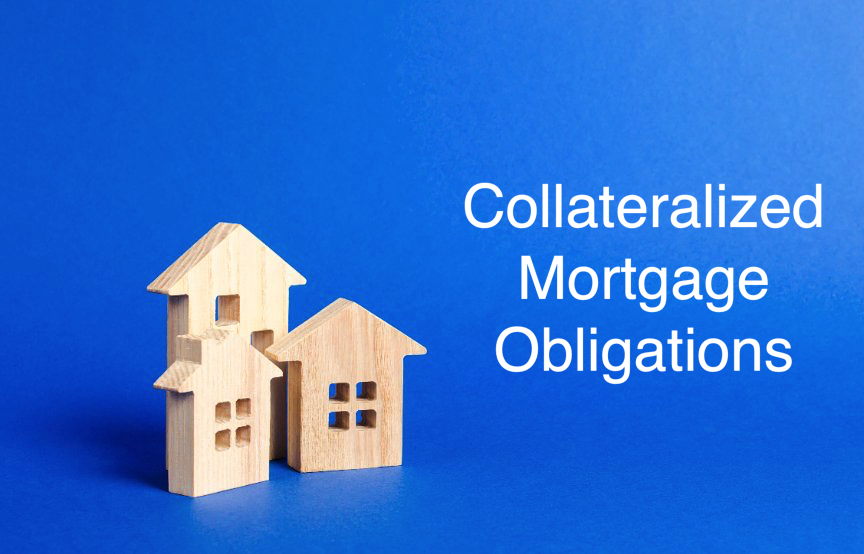Daily Prices for Non-Agency Collateralized Mortgage Obligations (CMO).
Overview: DIH provides evaluated prices on a comprehensive set of non-agency collateralized mortgage obligations (CMO).
Coverage: We currently cover a comprehensive set of non-agency CMO.
History: Most of our collateralized mortgage obligations data goes as far back as the security’s issue date.
Updates: We update our data daily.
Delivery: You can receive our data in bulk files via SFTP.
Pricing: Several inputs go into the pricing for our data. For example, do want data for all available instruments, or a subset? How much history do you want? Do you want updates going forward? Contact us to learn more.
Why Firms Choose DIH’s Data.
Institutional investors use DIH’s evaluated prices to determine the fair value of these securities that are traded over-the-counter.
There are several reasons institutional investors rely upon our data:
- Market Coverage – we currently provide daily evaluated prices for approximately 250,000 securities, which closely match the securities in their portfolio and target universe.
- Accuracy – also referred to as “market alignment”, the accuracy of our evaluated prices versus actual transaction prices is critical to our clients.
- Cost – There are not a lot of sources for collateralized mortgage obligations data, and so the legacy data providers are typically inflexible when it comes to what they charge for such data. In contrast, DIH works with its clients to provide data within their budget.

An Overview of Collateralized Mortgage Obligations.
Before we get into the details of how our collateralized mortgage obligations prices are created, a quick review of collateralized mortgage obligations may be helpful.
WHAT ARE COLLATERALIZED MORTGAGE OBLIGATIONS?
Collateralized mortgage obligations (CMO) are a type of asset backed securities (ABS). They are made of a pool of mortgages bundled together and sold as an investment. CMOs receive cash flows as borrowers repay the mortgages that act as collateral on these securities. Then CMOs distribute the principal and interest payments to their investors based on predetermined rules and agreements.
Collateralized mortgage obligations consist of several tranches, or groups of mortgages, organized by their risk profiles. These tranches typically have different principal balances, interest rates, maturity dates, and the potential for repayment defaults. Collateralized mortgage obligations are sensitive to interest rate changes as well as to changes in economic conditions, such as foreclosure rates, refinance rates, and the rates at which properties are sold. Each tranche has a different maturity date and size and bonds with monthly coupons are issued against it. The coupon makes monthly principal and interest rate payments.
Investors in CMOs, sometimes referred to as Real Estate Mortgage Investment Conduits (REMICs), want to obtain access to mortgage cash flows without having to originate or purchase a set of mortgages.
CMOs were first offered in 1983 by Salomon Brothers and First Boston. These first CMOs were very complex and included many different mortgages. Investors seemed to focus on the income streams offered by CMOs rather than the health of the underlying mortgages themselves. As a result, many investors purchased CMOs full of subprime mortgages, adjustable-rate mortgages, mortgages held by borrowers whose income wasn’t verified during the application process, and other risky mortgages with high risks of default.
CMOs vs. CDOs; AND THE GLOBAL FINANCIAL CRISIS.
Collateralized debt obligations (CDOs) are similar to CMOs in that they consist of a group of loans bundled together and sold as an investment vehicle. However, CDOs don’t just contain mortgages. CDOs contain a range of loans such as car loans, credit cards, commercial loans, and even mortgages.
CMOs have been criticized as a contributing factor in the 2007-2008 financial crisis. At that time housing prices were rising which made mortgages look like safe investments. So investors bought CMOs, but market and economic conditions led to a rise in foreclosures and payment risks that financial models did not accurately predict. A consequence of the global financial crisis was increased regulations for CMOs and other mortgage-backed securities. For example, the SEC and FINRA introduced new regulations that mitigate the risk of these securities by creating margin requirements for covered agency transactions, including collateralized mortgage obligations.

METHODOLOGY BEHIND OUR EVALUATED PRICES.
Securities are grouped into categories based on collateral, seniority and type of tranche. A range of yields is determined for each category. For Re-REMIC, prepay and default vectors are calculated using models that reflect current market conditions (including views on housing and unemployment). These models also reflect the latest available remittance reports, which are used to generate loan-level performance expectations.
Using the model-supplied prepayment and default vectors, cashflows are generated for each of the tranches that comprise the Re-REMIC. Those cashflows are then aggregated and applied to the tranches that comprise the Re-REMIC structure.
Each individual tranche is reviewed to assign an adjustment factor to the baseline discount margin (DM) / yield. The adjustment factor is based on specific shelf and servicer names, bond Insurance (if applicable), structural / waterfall features, and underlying collateral quality.
Cashflows are discounted at the DM / yield according to the baseline yields and adjustments from above.
Who Can Benefit from DIH’s Evaluated Prices?
Collateralized mortgage obligations are bought and sold on the over-the-counter bond market often by hedge funds, banks, insurance companies and mutual funds. Such firms utilize our evaluated prices in various ways, especially in their research and risk management.
How Firms Use Our Collateralized Mortgage Obligations Data.
Institutional investors rely upon evaluated prices from multiple sources to determine the fair value of securities traded over-the-counter. They may also use broker/dealer quotes as additional inputs to their process. Evaluated prices are also widely used as benchmarks for comparison and defensibility.
Flexible Updates & Data Delivery Methods.
Our collateralized mortgage obligations data is updated on a daily basis.
You may customize our data to best suit your needs. For example, request data on all available instruments or provide a custom list.
We offer several ways to access our collateralized mortgage obligations data:
Bulk File Download – For most of our clients, downloading our data in bulk files is most convenient. We deliver files in .CSV format via SFTP.
